Centimetre-sized flexible diamond films have been produced by researchers in China, who grew them and then exfoliated them from a silicon substrate using Scotch tape. The researchers believe the films could be used to produce heat sinks in the electronics industry and hope to later explore their potential as semiconductors.

Diamond is known as one of the hardest, most brittle materials. When grown in thin films on a substrate, however, it can be surprisingly flexible. ‘Diamond is really a continuum of materials,’ explains materials scientist James Butler, formerly at the US Naval Research Laboratory. ‘If we start with a 5nm diamond we can grow it bigger. If we start with 1012 per square centimetre they immediately bump into each other and become a smooth film.’ These grain boundaries – invisible to the naked eye – dissipate strain energy. As large grains grow competitively over small ones, the number of grain boundaries shrinks and the diamond becomes more brittle.
Diamond films can be grown on silicon substrates by chemical vapour deposition, but removing these films, which can be up to 6000 atoms thick, has proved a formidable task, involving mechanical polishing followed by either plasma or chemical etching of the silicon, says Zhiqin Chu of Hong Kong University in China. ‘All the previous approaches will not work for membranes of a large size,’ he says. ‘If the membrane wrinkles, it’s done.’

The new work arose from a serendipitous discovery when Chu’s group was struggling to grow sufficiently large samples for another experiment. Chu’s student – the work’s lead author Jixiang Jing – produced an image of a sample that had broken into small pieces. ‘One of the small pieces he could clearly see was already bending away from the silicon substrate,’ says Chu. ‘I also didn’t know what had happened, but I just had this feeling of “Oh, maybe we should try mechanically peeling it off”,’ he says. ‘At this moment it seemed crazy, because we had this idea that diamond films were fragile and if we applied force we’d break the membrane immediately, but we took this one piece, created a new crack to get the edge exposed, then we took some tape and it was done.’ He says he was ‘definitely inspired by graphene’, whose discovery was famously made possible by stripping the carbon monolayer from graphite using Scotch tape.
The researchers believe that the easiest applications to realise lie in cooling semiconductor devices, where diamond’s ultrahigh thermal conductivity should make it ‘a perfect thermal pad’. ‘Due to the ultra-flatness, this is compatible with standard semiconductor processing,’ says Chu. Beyond this, they hope to experiment with doping the diamond, which is a semiconductor with a very wide bandgap and high electronic mobility, for use in high-power electronics.
Butler, who was not involved in this work, says that the general phenomenon has been seen in the past, often as a hindrance. ‘We have found that, yes, we can grow these nanocrystalline diamond films on silicon or silicon dioxide and have done that for years, and it doesn’t stick that well,’ he says. ‘But it never occurred to me to try and pull the whole thing off. So that’s their innovation.’ He believes the membranes could be useful in some sensors such as acoustic wave transducers, but suspects semiconductor applications will be limited. ‘Finding suitable dopants in diamond would really open up diamond electronics, but no-one’s found that yet after many years of research,’ he says.
References
J Jing et al, Nature, 2024, 636, 627 (DOI: 10.1038/s41586-024-08218-x)



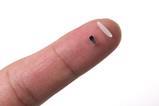
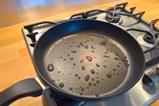
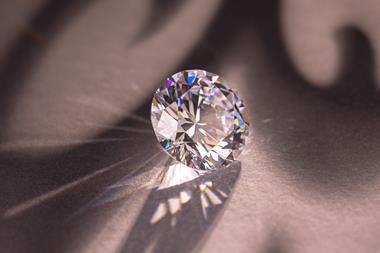
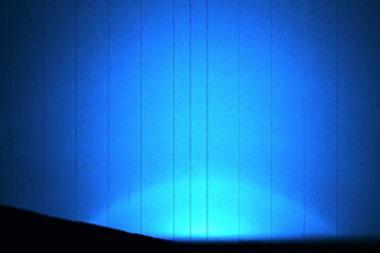
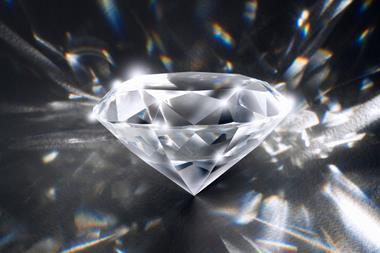
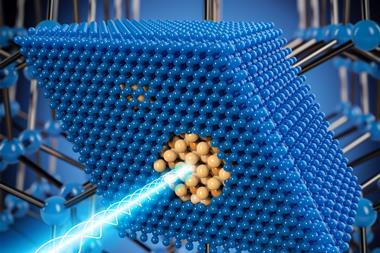

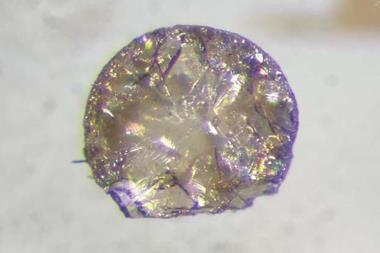


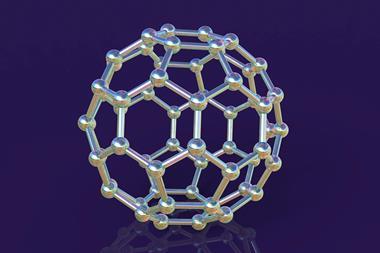
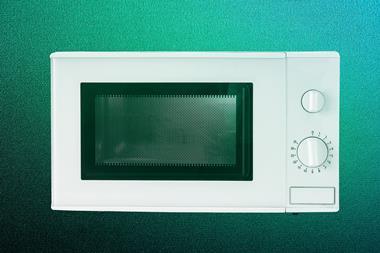


No comments yet